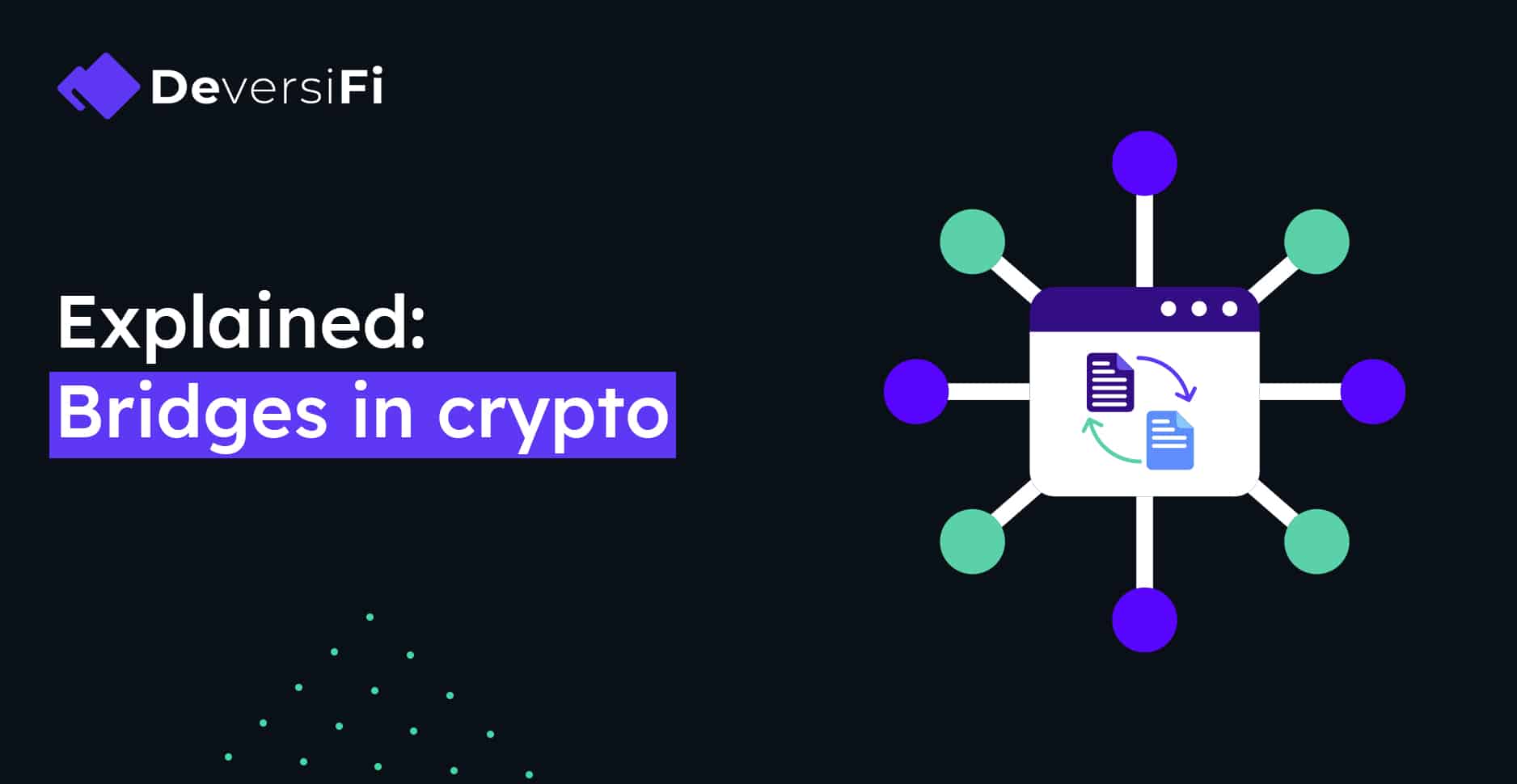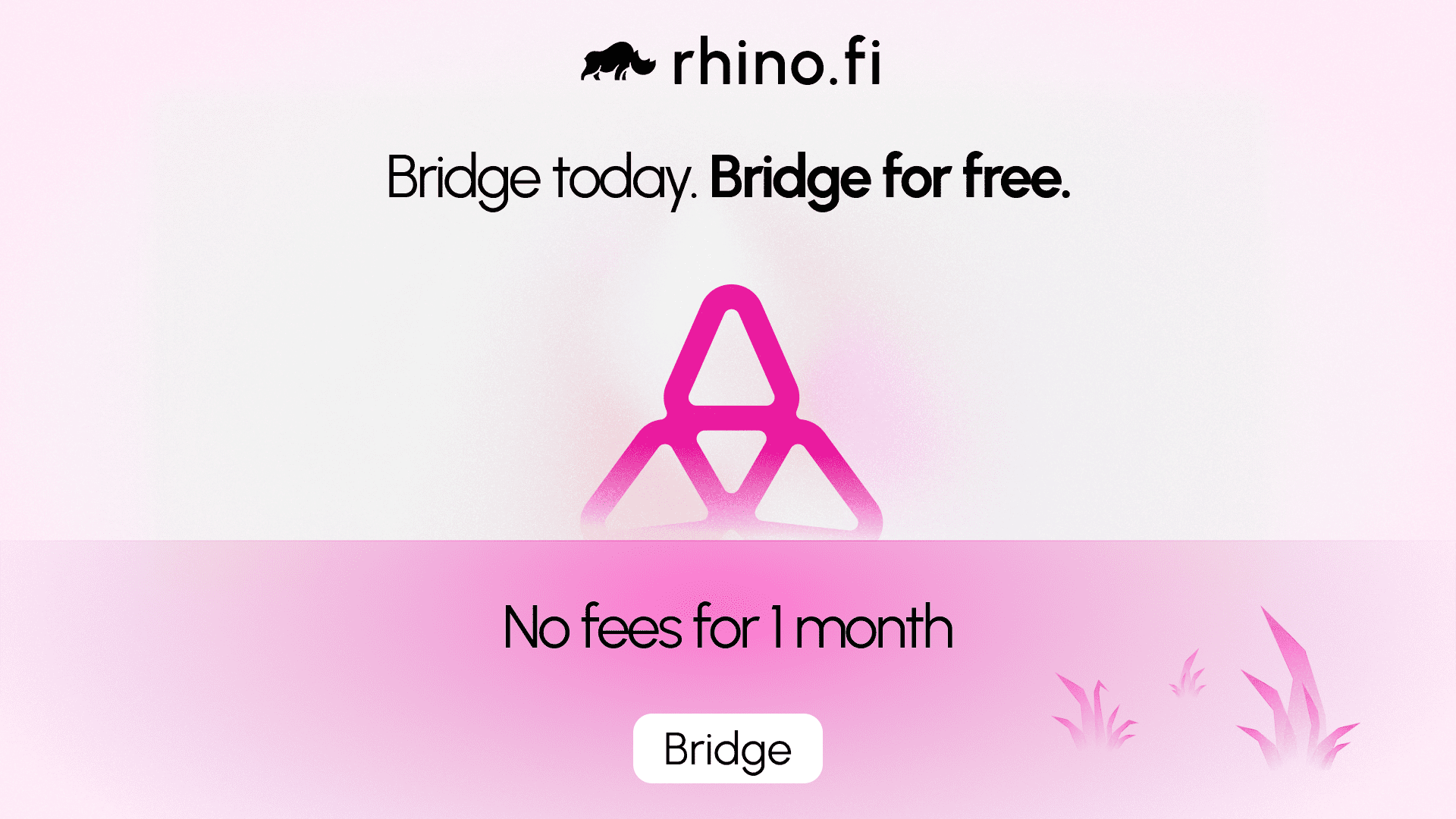Up until now, each blockchain has kind of been a world unto itself.
It’s walled in behind its own rules, protocols and method of governance. It respects the universal blockchain values – fairness, transparency, accessibility – but interprets them in its own unique way.
For users, this has brought practical handicaps. You’ve been unable to move assets from one project to another, or access your favourite apps on different hubs.
But blockchain bridges provide a solution to these problems.
A blockchain bridge (or a ‘crypto bridge’ if you prefer) provides a connection between different chains. Like a trade agreement in the old fiat world, it mediates the respective rules and regs and allows the two parties to work with one another.
With these bridges, you can seamlessly switch coins and tokens between your favourite apps and trading platforms. You can earn assets on one platform, then move them over to trade, invest or access services on another, with no security risks.
The concept is vital for Ethereum and particularly for layer 2, the constellation of projects that are built on top of the main blockchain. With a layer 2 bridge, you can move between different projects without ever touching the main network, so you benefit from faster transaction times and vastly reduced gas fees.
Why we need blockchain bridges
Blockchains are designed to be self-contained entities. Each one has its own code of values and requirements, which act as a kind of security backstop. To update the blockchain, miners must agree to uphold these specific principles; you can’t just join and make changes.
But now more and more blockchain projects are springing up. Some are becoming economies in themselves, home to billions of dollars’ worth of currencies and tokens.
In this context, the virtual moats between individual blockchains create a barrier. People want to move around the digital universe without restrictions, be it to seize new trading opportunities, capitalise on arbitrage windows… or simply utilise several different platforms at the same time.
At DeversiFi, we strive to provide the best trading platform on layer 2. But we recognise that there are other great projects out there, like Polygon, Arbitrum and Immutable-X. In fact, we use them ourselves.
For DeFi to work to its full potential, we need the flexibility to move smoothly between these different blockchains. We need the freedom to use each chain in the way that suits us.
Bridges provide a way to meet this need. They don’t require each blockchain to change its core code or modus operandi. Rather, a crypto bridge provides a way to convert assets, data and even information from smart contracts (the if>then programmes that govern a blockchain’s day-to-day operation) from one to the next.
Some bridges can even connect multiple blockchains, creating an ecosystem of chains that all talk to one another and allowing users to make highly complex moves and transactions.
The more bridges are created, the more traffic will be spread across the individual blockchains. This is great news for chains such as Ethereum, which is becoming extremely congested and is prone to slow transaction speeds and high fees.
How does a crypto bridge work?
This is quite a complex area, but to summarise, there are two key types of blockchain bridge.
A trusted or centralised bridge
This requires a central body, which oversees a federation of individual supervisors. These supervisors, in turn, send information across the bridge and manage the day-to-day communication.
Anyone who wishes to be a supervisor must first meet certain criteria, and all users must accept the authority of the central mediator and their supervisors, who have the power to approve or deny cross-bridge transactions.
A trustless or decentralised bridge
This is true decentralisation at work. Anyone can join the network and supervise transactions; what’s more, anyone can provide liquidity to support the creation of tokens on either side, and allow the bridge to scale. They will earn interest for doing so.
Instead of an overarching body of controllers and supervisors, the technology itself maintains the bridge and guarantees its transactions.
Regardless of their type, most crypto bridges use a ‘mint-and-burn’ approach to transfer tokens from one side to the other. In other words, a token is ‘burned’ (or locked) when it is moved from one side and ‘minted’ afresh on the other.
Practical uses for blockchain bridges
Blockchain bridges create loads of potential advantages for users, but here are three really common ones.
- Moving assets
Let’s suppose you swap or trade on a platform like DeversiFi.
Previously, once you’d earned your assets, the options were pretty finite. You could withdraw your funds, continue trading, or stake your tokens for governance rights.
But with a bridge to other blockchains, a whole raft of new options suddenly open up.
You can move your assets over to an ecosystem like Polygon, which hosts dozens of decentralised applications. Once there, you can use your tokens to make investments (in NFTs, for example), play games or trade on alternative platforms.
Likewise, you can move coins and tokens from these apps onto DeversiFi. So as the market continues to evolve, you can push your assets to the platform or application where they will earn the biggest reward.
- dApps
When the first generation of videogames came out, they were typically limited to one platform. To use each game, you had to have the relevant console.
But over time, portability solutions have enabled users to play games on different consoles. So it’s easier for users to play with their friends and grow the global gaming community.
For dApps, the same holds true. Without bridges, dApps have to be hosted on one specific blockchain. So you have to register with that chain and build a portfolio of assets there. And, over time, that blockchain may face scalability challenges that impact user experience.
But with bridges, you can use dApps on more than one platform. Whether you enjoy gaming, browsing forums, using social networks or pursuing investment opportunities, you can now do so on the platform that best matches your portfolio and personal preference.
As time goes on, you can choose the blockchains with the best UX and UI features, the most vibrant community or the most advanced smart contract.
- Enjoying time and cost savings
This is particularly relevant to layer 2 crypto bridges on Ethereum.
Layer 2 is all about reducing the time and cost of transactions. Because layer 1 Ethereum is so busy, and held back by the slow proofing technologies in its smart contract, users often have to wait several minutes before a transaction is approved.
Not only that, Ethereum also has to charge sizeable gas fees for a share of its computing power. In fact, users have to bid for a slice of the action, which can penalise smaller traders at the expense of bigger, wealthier players.
Layer 2 protocols (like DeversiFi) solve this problem by taking transactions off the Ethereum mainframe and processing them in bulk, so users benefit from near-instant trades with a vast reduction in fees.
However, if users want to move from one protocol to another via layer 1, these benefits are negated. The transaction will have to pass through the mainframe and incur the hefty fees, as well as getting snarled up in the traffic.
With a layer 2 bridge, the benefits are preserved. In fact, they are multiplied. Users can enjoy gas-free trading on one platform and then transfer over to the other, where they will receive the same advantage.
Every time they cross from one L2 project to another, users will make further savings. With more L2 projects coming on stream all the time, the gains on offer will only increase.
Ok, now you’re familiar with what bridges are, why not check out our bridge to Polygon. We’ve written a full blog post on the topic, and you can find it here.





